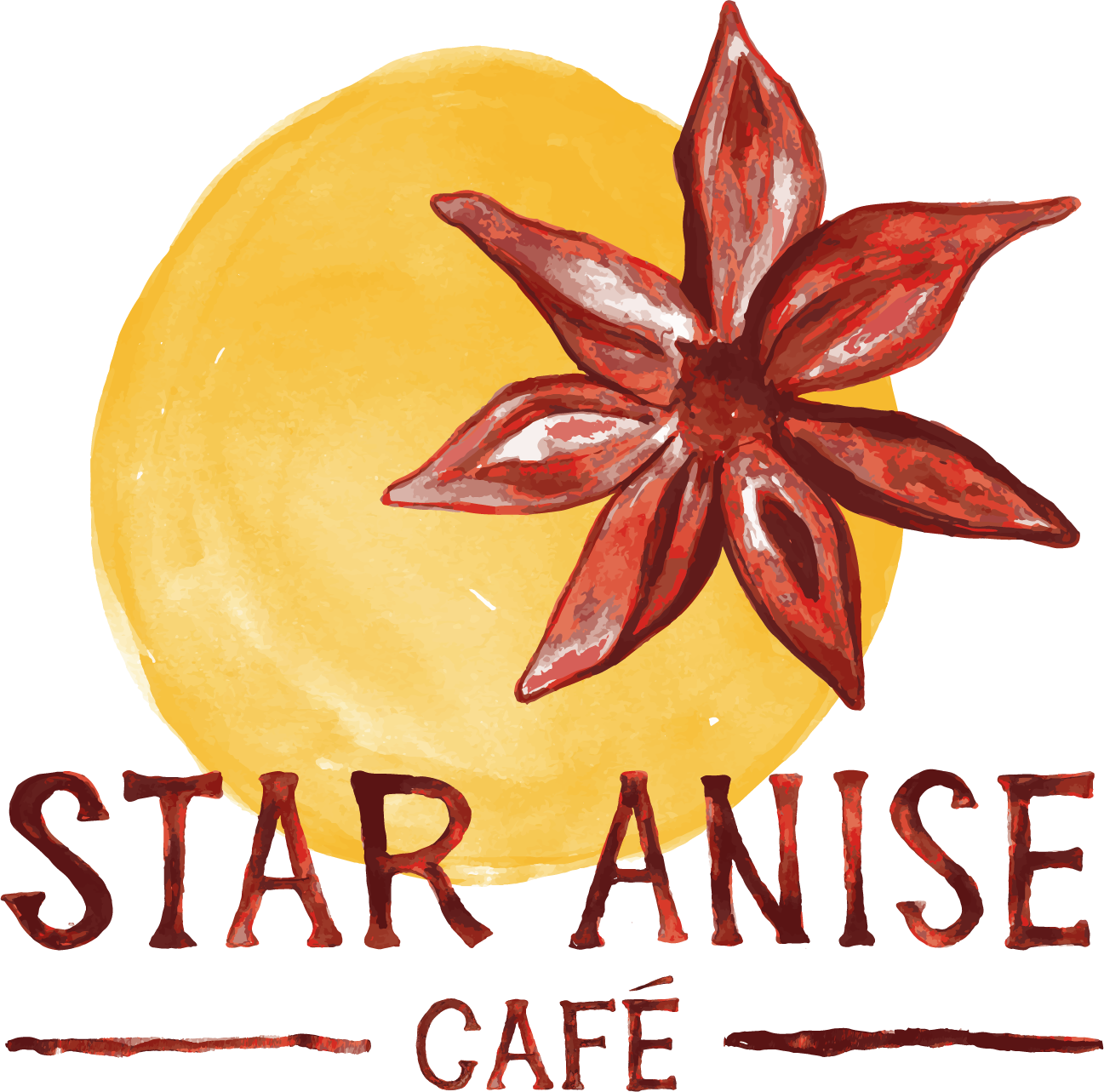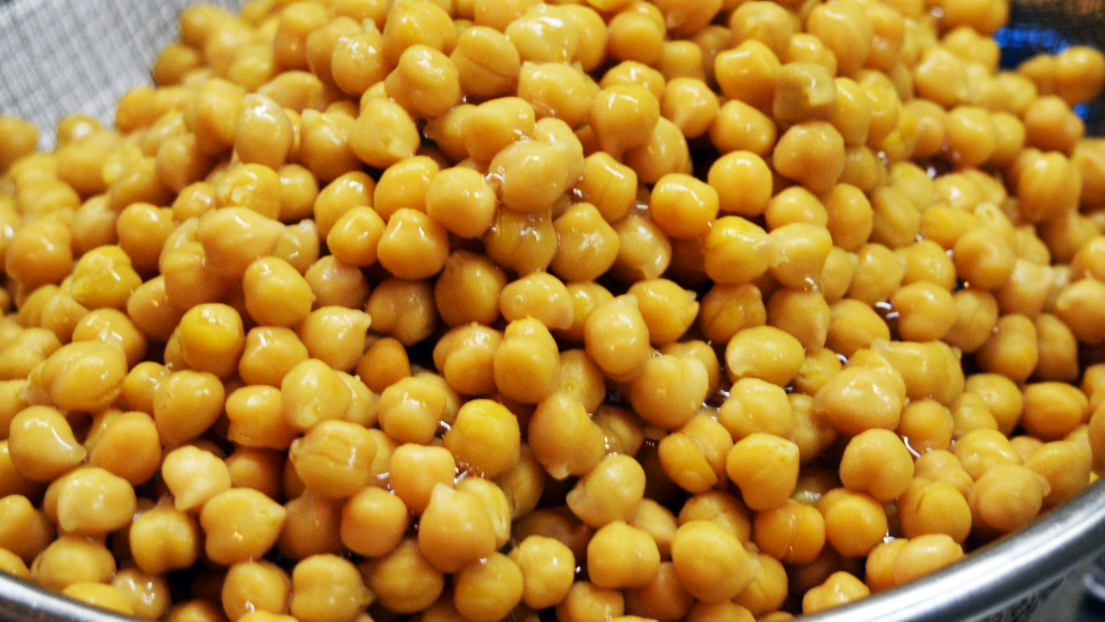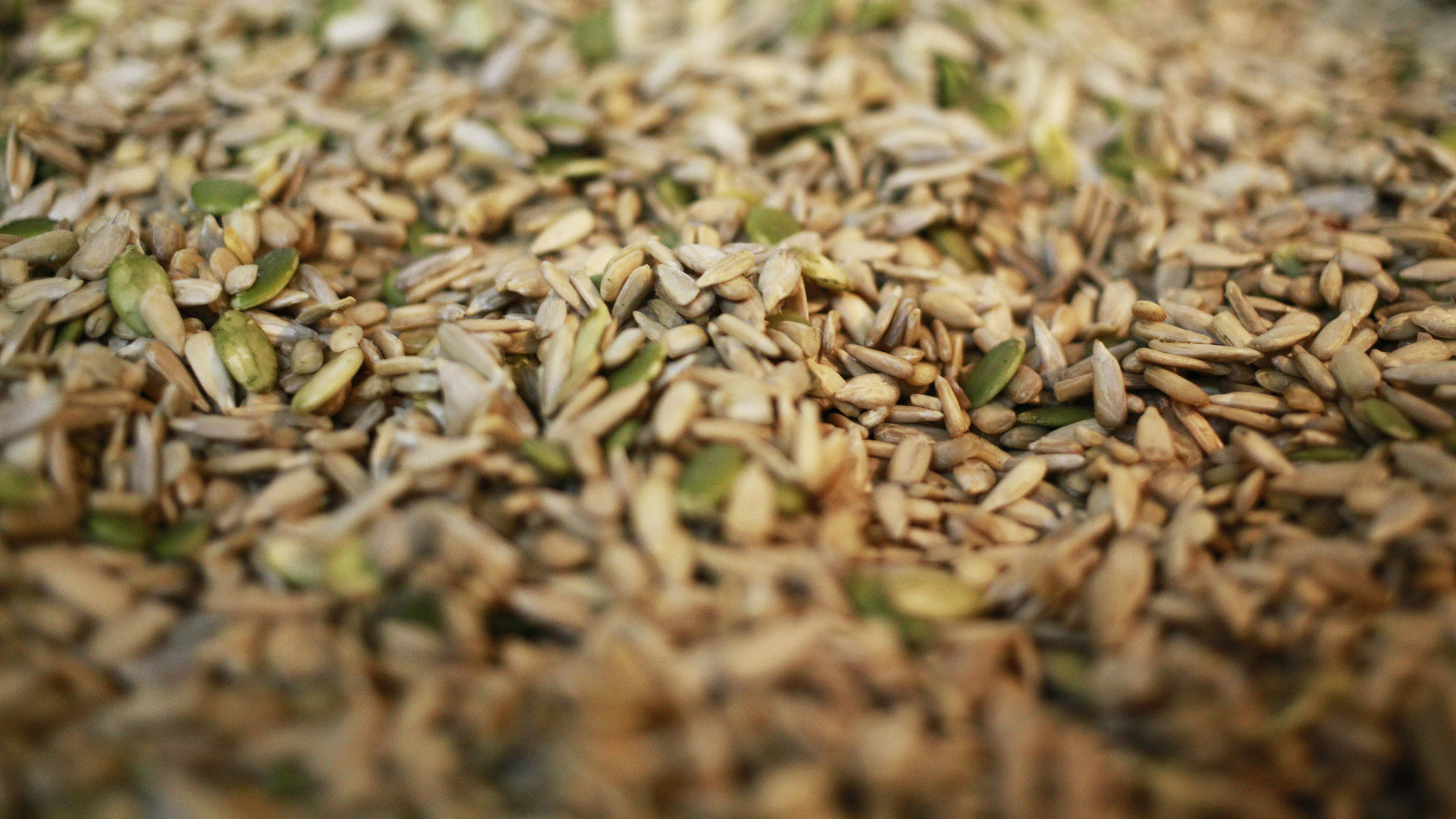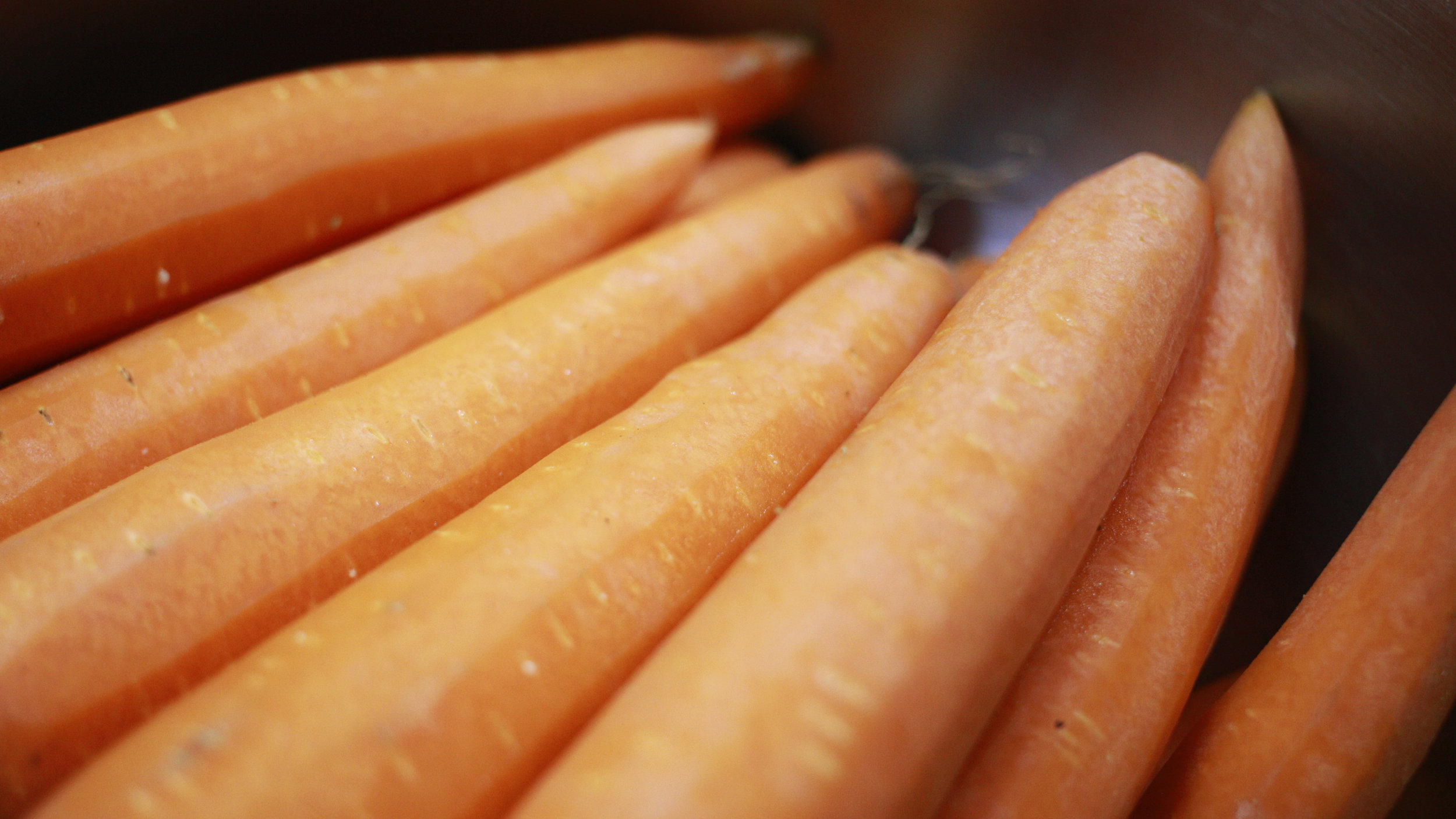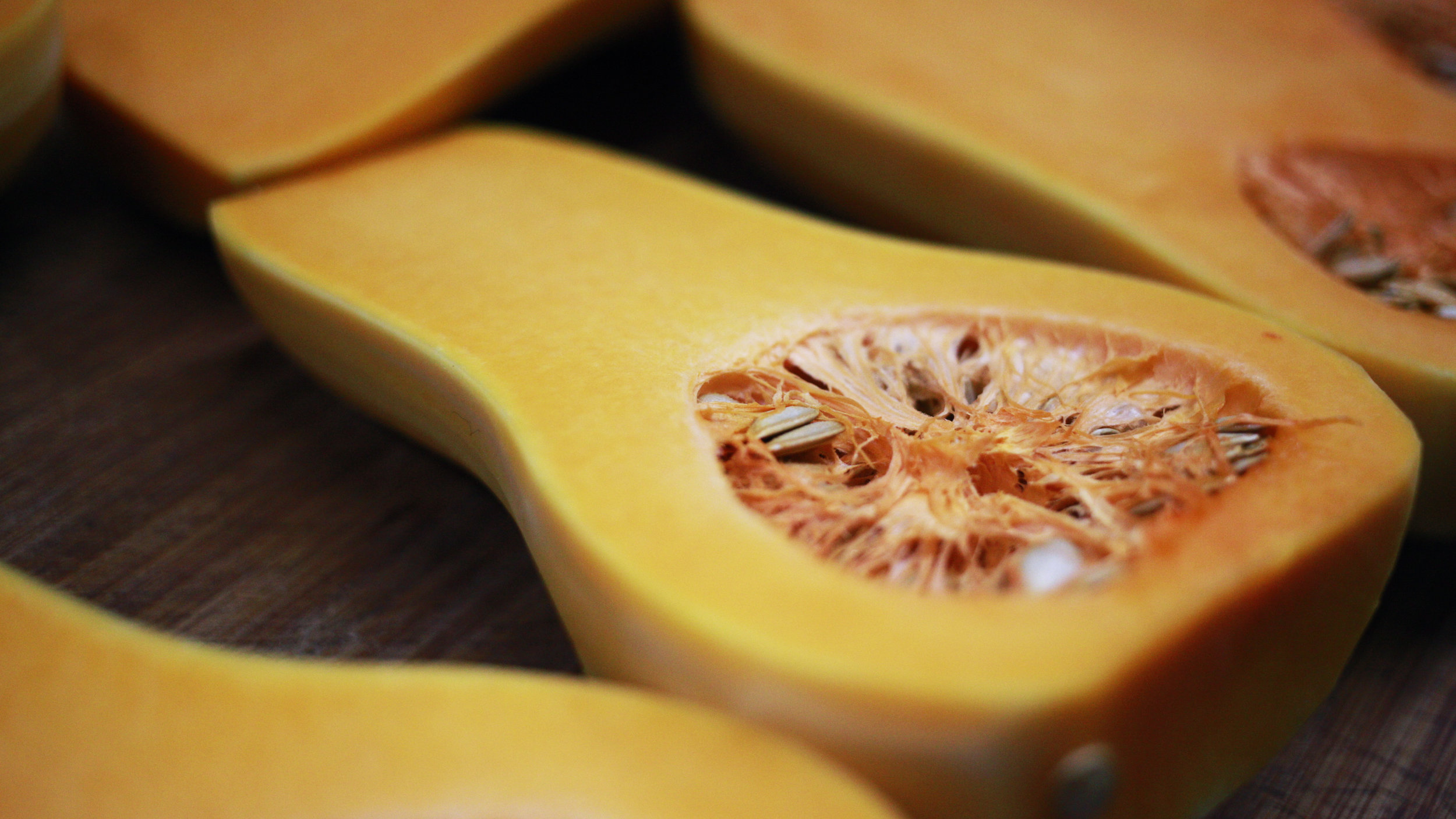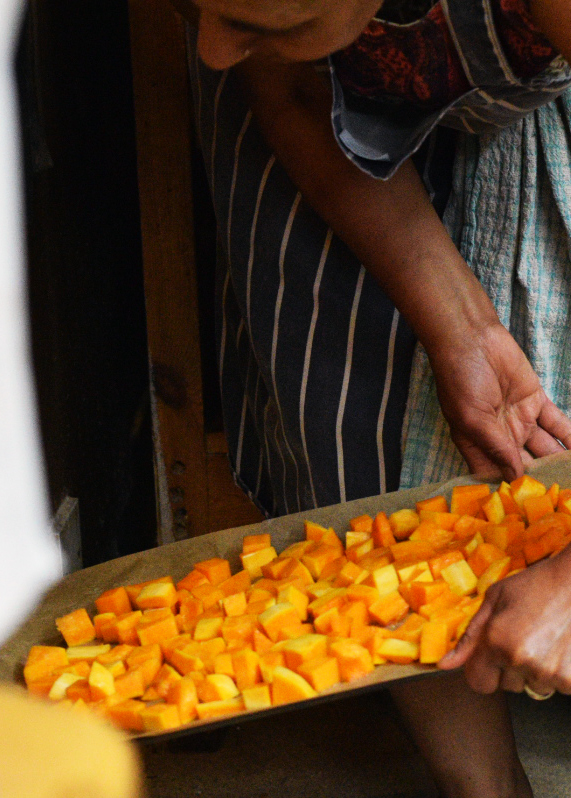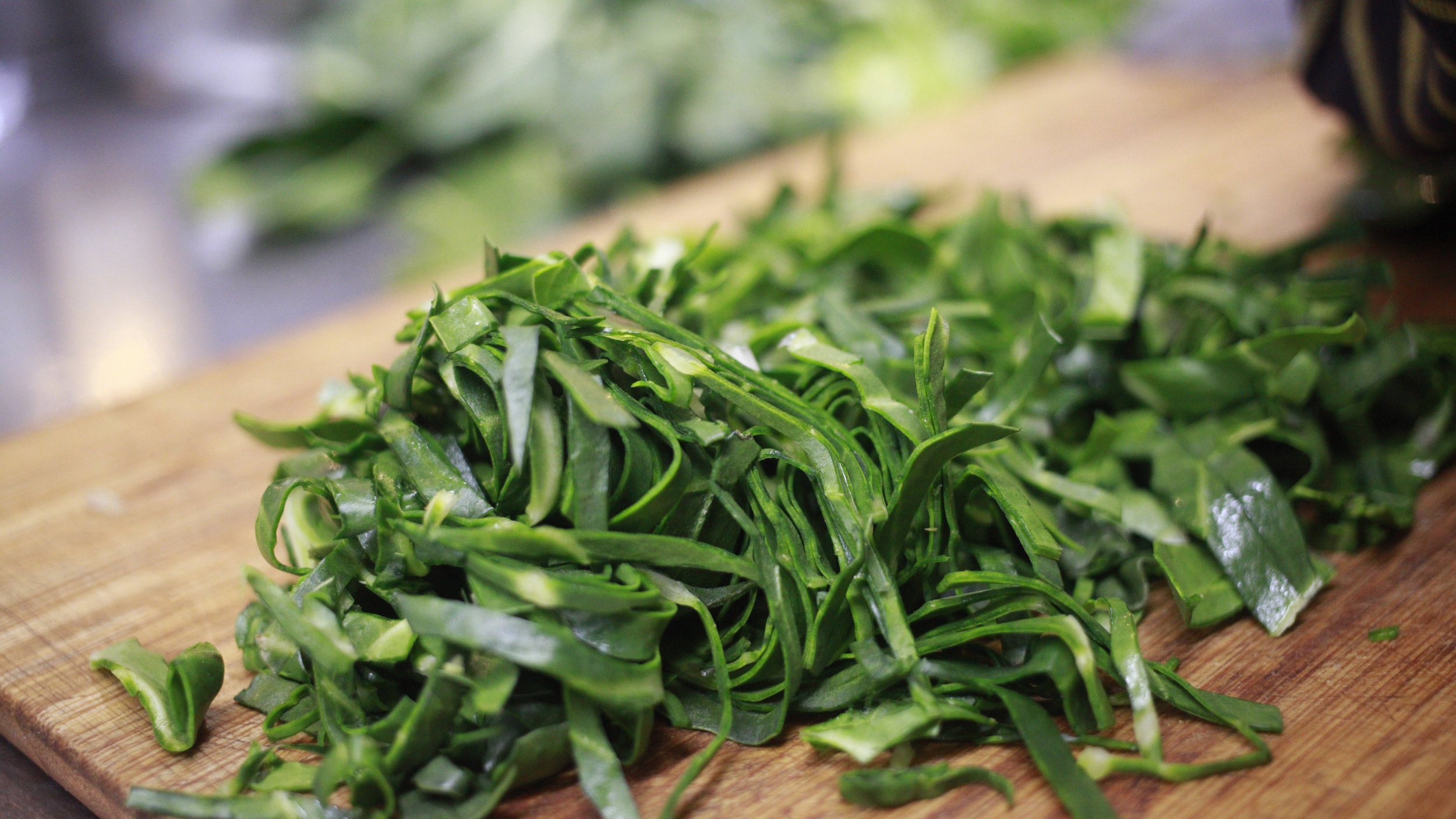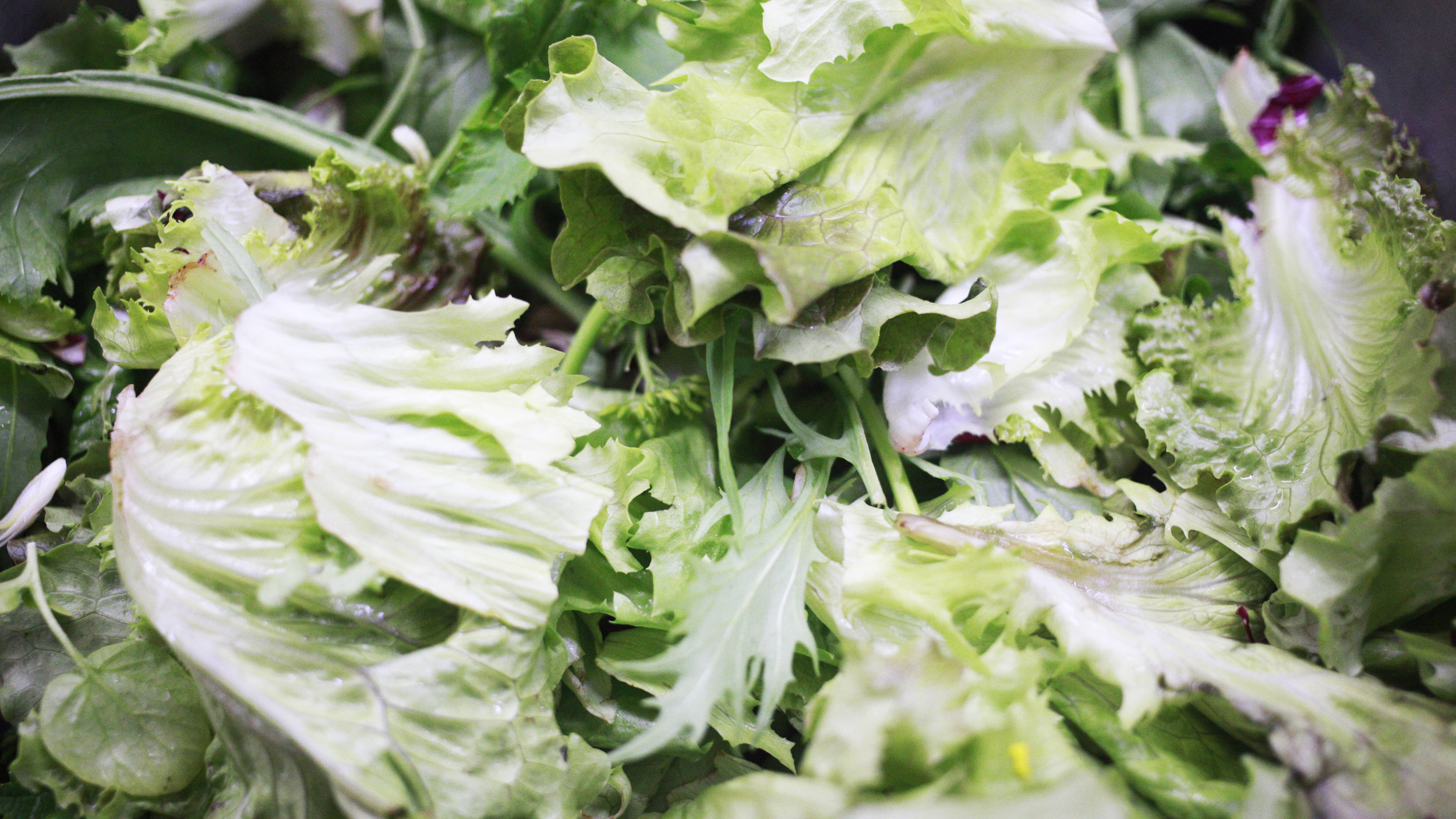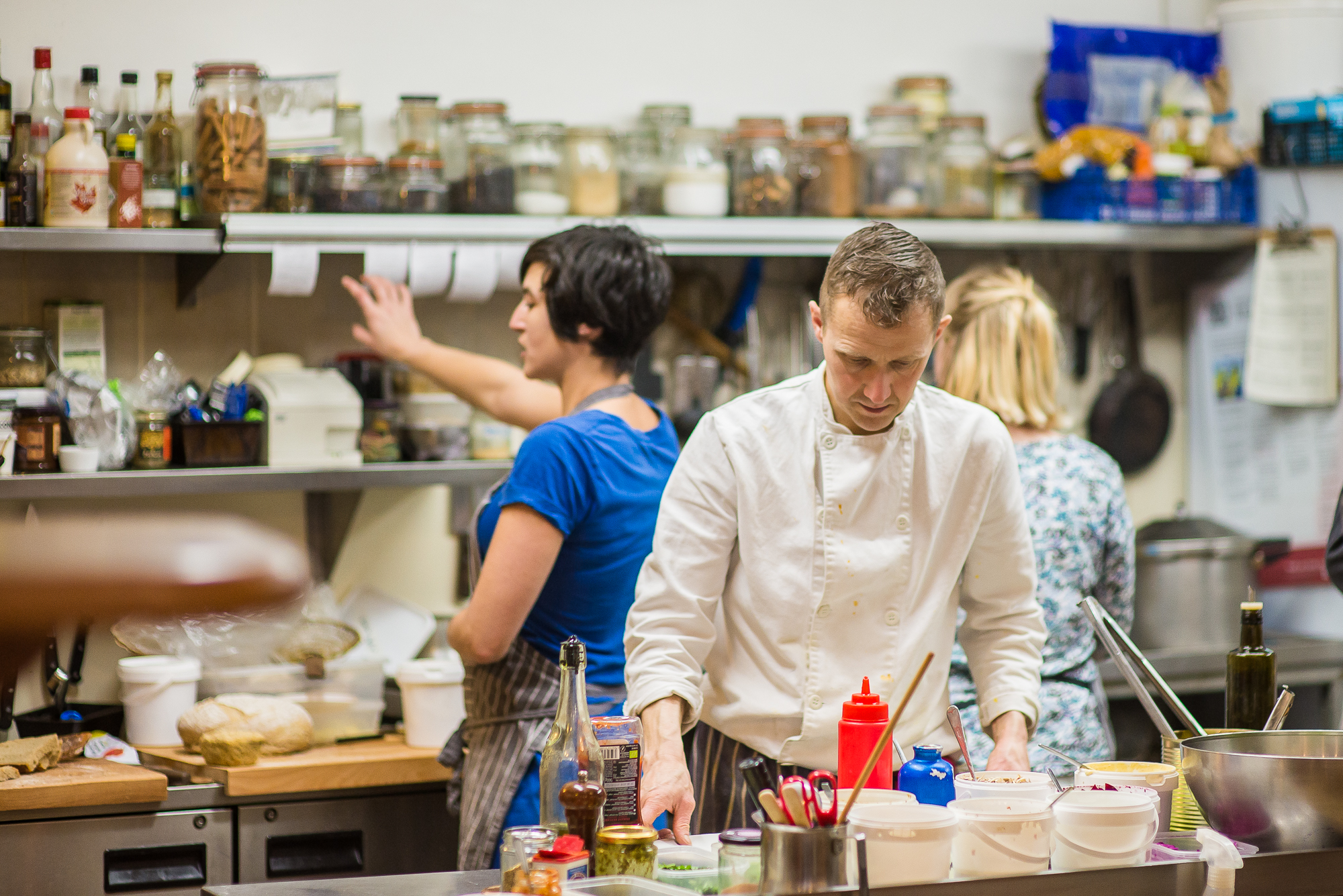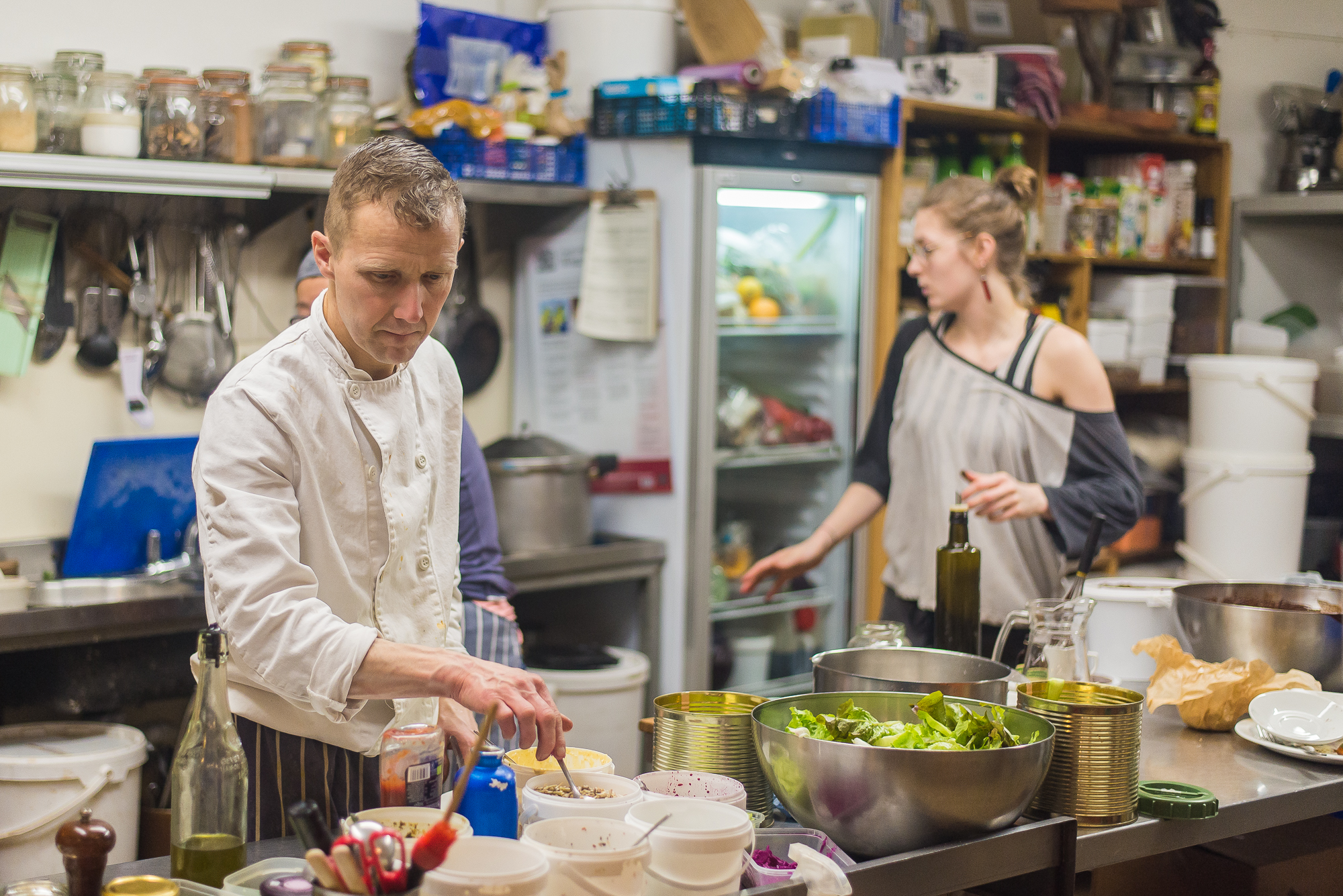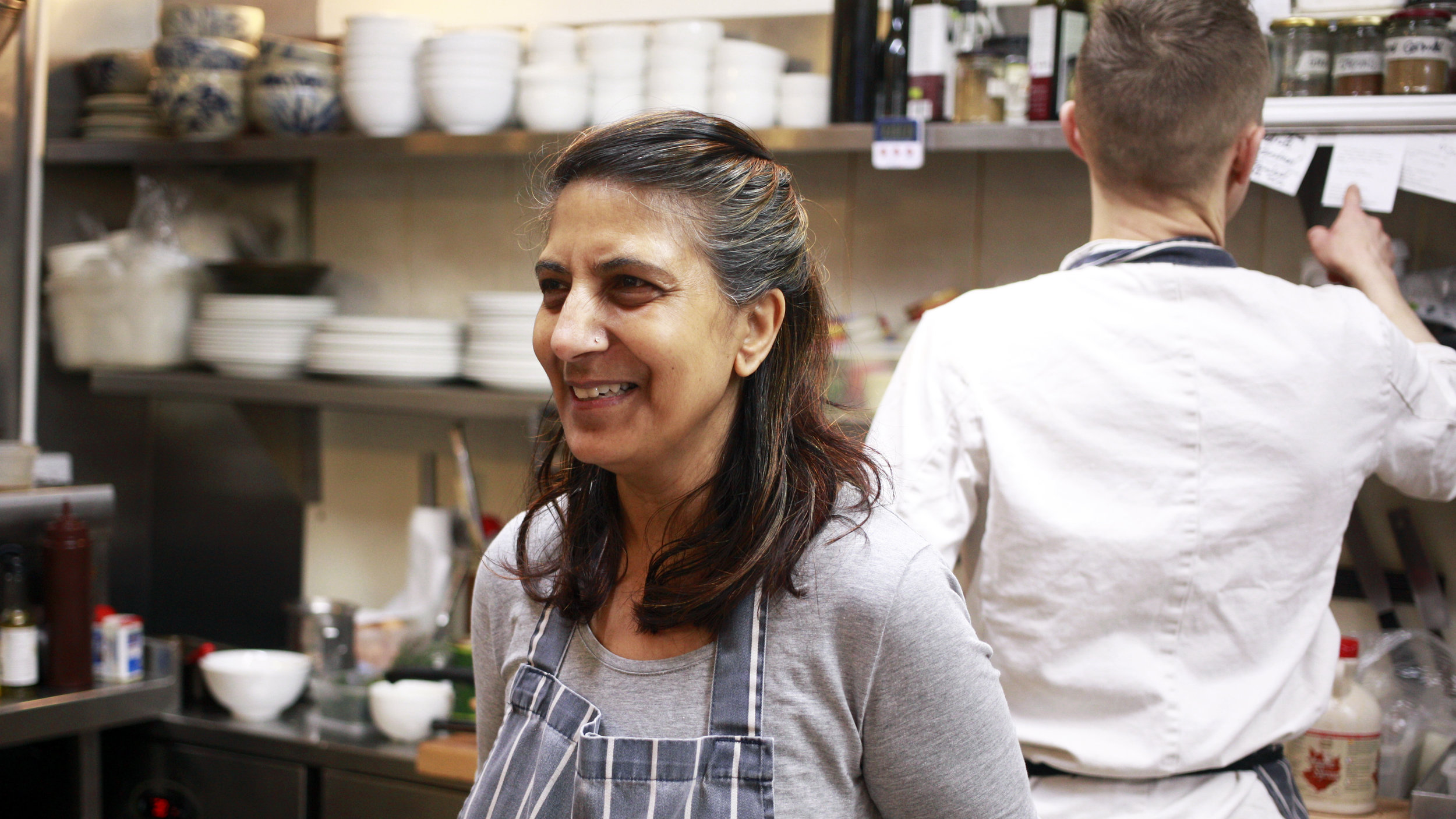Made with Love: Why vegan? Because it's delicious.
In 2016, the Vegan Society produced figures to say that there has been a 360% increase in people adopting a vegan diet in the UK. Google also saw a 90% increase in the use of the search term ‘vegan’ on the internet.
There are many reasons cited for going vegan – it’s cheaper, it doesn’t support an unethical industry, it’s better for the environment, it’s healthier… but I’m going to focus on one element that isn’t really talked about enough (unless it’s being unfairly disputed): that it’s delicious. Deliciousness is important because if I’m going to be eating three times a day (who am I kidding, I eat all day long), I’d better be enjoying it because life is short.
But I’m not going to pretend that it’s easy to break away from the school of ‘meat and two veg’; that’s what many of us grew up on and it is an intrinsic part of our culture. Additionally, to simply abandon the ‘meat’ portion of this plate would leave one unsatisfied, hungry and malnourished – like I said, life is too short for that. Instead I propose that we re-imagine what constitutes a meal. Although we are not a vegan café (we serve predominantly vegetarian meals, a daily vegan option and the occasional fish), we use a five-part model that works across our menu.
GRAINS
As we’re not focusing around a meat component, this is a natural starting point upon which the meal can be built. Grains doesn’t just mean ‘rice’, although we do like brown rice – it’s versatile, nutrient-rich and a good source of protein when consumed as part of a balanced meal. It’s also a good, easy move away from wheat, which for all its wonderful properties (sourdough – delish!), can be over used. Oat is a great alternative to wheat in baking, and barley is an excellent alternative to rice, for example, in risotto.
For gluten-free options, millet, quinoa (which is technically a seed, and is protein rich) and corn/maize (polenta – excellent as savoury patties or used as a flour alternative in baking too) are good grains to use.
PROTEIN
Nuts, seeds, lentils, beans and tofu. More than one of these protein sources can be used in one meal. The variety creates texture as well as flavour, but volume of these is kept small. Lentils and beans are starchy and filling, nuts and seeds are high in fatty oil and tofu, whilst changed from its original bean state is very rich; all this creates some work for the gut to digest.
Rice itself and other grains have a substantial protein content. But eaten in isolation, the body cannot access these nutrients; certain amino acids (found in lentils and beans for example) are required in order to do so.
ROOT VEGETABLES AND GOURDES
So, we’re talking carrots, parsnips and squashes – think sweet and starchy. In macrobiotic cooking, these vegetables are seen to have a ‘warming’ quality – think about stuffed pumpkins in autumn and roast parsnips at Christmas dinner. They are dense vegetables that add substance and earthiness to the overall composition of the meal. Even in the summer, these vegetables can be incorporated in some way to add an element of comfort to a meal, especially when seasonal varieties are considered; carrots grow throughout the year and courgettes are abundant in the spring and early summer months.
LEAFY GREENS
For me, green is the colour of spring and summer; deep green spinach, juicy lettuce and flavoursome herbs – it’s very fresh and alive. It brings colour and lightness to a dish. Even in the winter months, cabbages and kale varieties are abundant. In macrobiotic cooking, leafy greens have a ‘cooling’ quality, and thus balances the ‘warming’ root vegetable elements in a meal. They also provide vital micro nutrients such as iron, calcium and magnesium, supplements for which are recommended by nutritionists to everyone from the very young to the very old, from the avid athlete, to the expectant mother.
SAUCE
Underpinning the other four elements is a base savoury flavour, which is often found in some kind of sauce. May it be the rich flavoursome stock in a soup, the oily, peppery gravy on a plate of roast or the sweet and spicy dressing on a noodle salad – it brings everything together. Seasoning, of course, plays a big role in this particular section of our meal. By seasoning, I don’t mean salt (which is important, but it has an entirely different role together), and I don’t just mean the spice emporium. It can come from something as subtle as a base of onion, leek, celery and carrot (the ‘Magic Four’), a stock reduction infused with dried shitake mushrooms and kombu, or a tablespoon or two of tamari in the dressing.
Any one of these five elements can be made into the star of your dish; in our Buddha Bowl, for example, the focus is on the tempura root vegetables. In our miso soup, it’s the broth itself. Once these five elements are assembled on a plate, it’s very unlikely that it will taste or feel nutritionally lacking, despite the absence of an animal derived protein.
With the topic of deliciousness and flavour fully exhausted, I now move on to the subject of love. I believe that ‘eating well’ and the motivation to prepare, serve and consume wholesome vegan dishes goes far beyond the nutritional value and caloric composition of each ingredient in a dish. Those things are integral to the quality of a meal, but what really brings a plate of food to life, the thing that brings you excitement and joy… is love.
Food made with love is transformed from a bunch of ingredients to a mouth-watering meal by our own consciousness around the food we are growing, buying and consuming; consciousness that questions: How is this vegetable grown? Whose hands worked that land? Are they employed with care? Where – how many miles away? When – is it in season? How did this get here? How is it packaged?
All of these questions have implications on a whole load of important things, like if farmers are being treated fairly or how much fuel was used in getting this pepper from Israel. Like whether or not the plastic wrapping around these courgettes can even be recycled. Will these Chilean blueberries taste good or will they be fluffy and weird?
Cooking with love means bringing this consciousness into the kitchen too. Am I going to blanch, roast or fry this? What’s the weather like? What does my body need?
How am I being when I’m cooking? Am I angry because, again, nobody’s unloaded the dishwasher? Am I distracted and end up slicing my fingers - again? Am I annoyed because I burned the sunflower seeds – yet again? Am I even having fun?
Because hey, sometimes, the organic broccoli from Tesco or Waitrose IS going to be vacuum packed in plastic. And sometimes, I’m going to use coconut milk that definitely wasn’t grown here. And sometimes, the bag of salad I grabbed on a hangry (hungry + angry) rush home won’t be organic.
The vegan movement is important, because it’s a platform on which we are forced to ask ourselves what we’re eating and why we’re eating it. It’s a platform on which our beliefs and perspectives about food and lifestyle is challenged. It’s important because it makes us question.
It’s important that we don’t just accept that one thing is ‘right’ and another is ‘wrong’. It’s important to question if vegan mac ‘n’ cheese and vegan sausages manufactured in a factory somewhere else is a ‘right food’, whilst an omelette at brunch with friends and neighbours, made with the eggs of their adored chickens, is ‘wrong’.
It’s important we don’t forget the basics. It’s important we don’t forget love.
